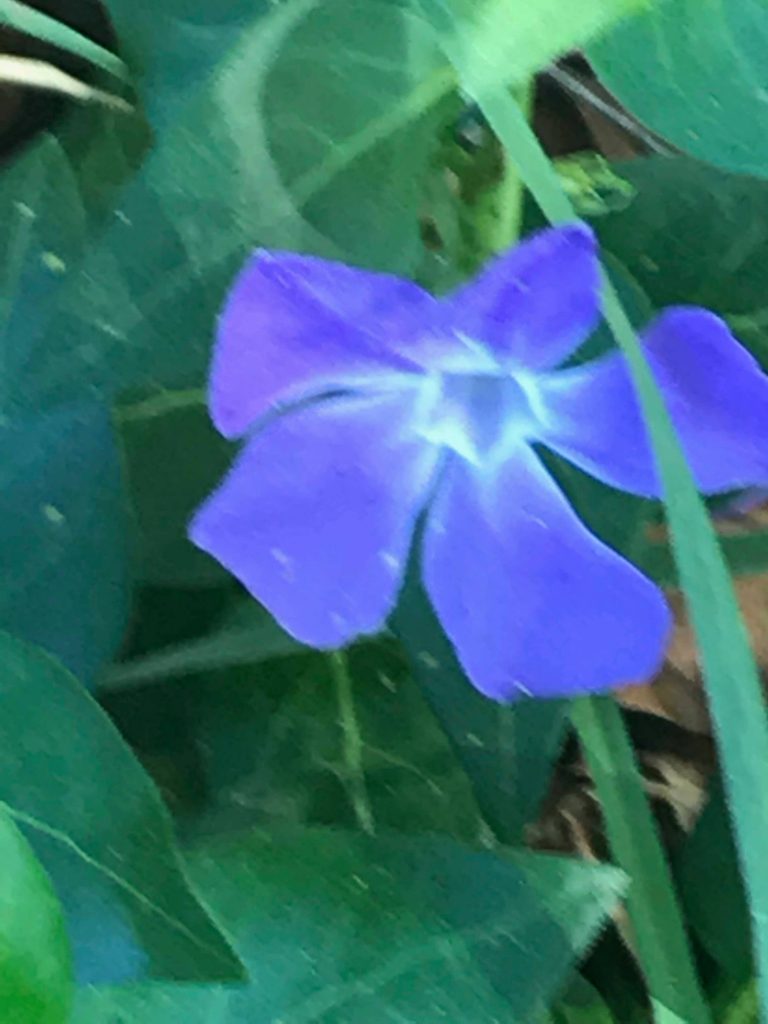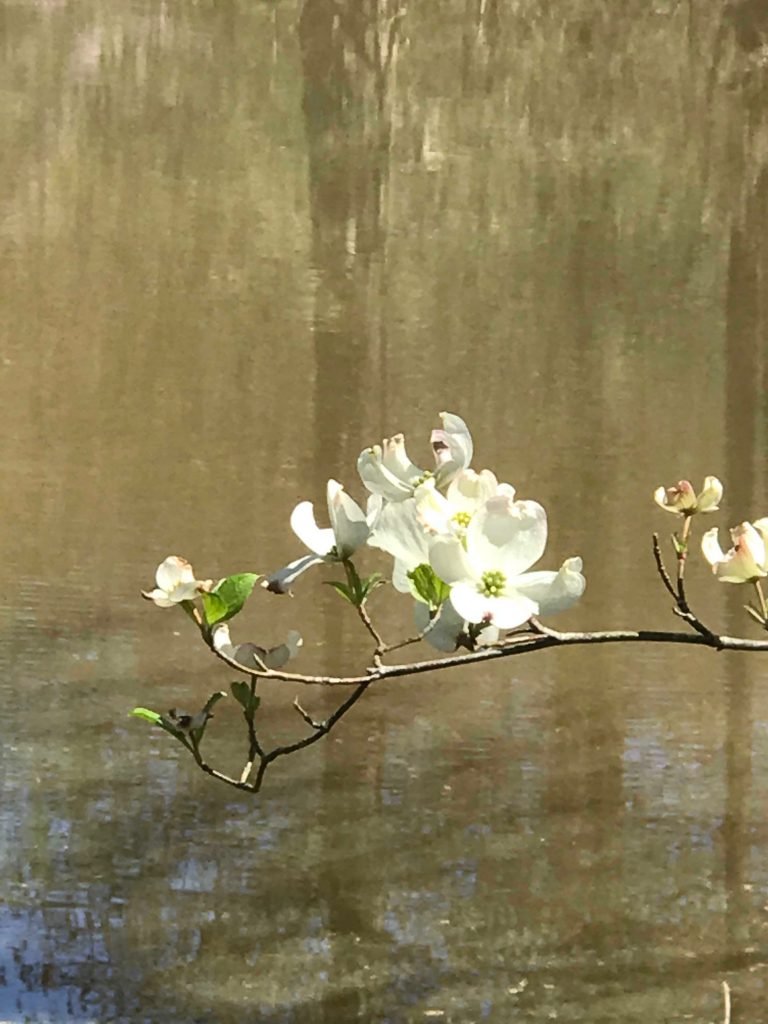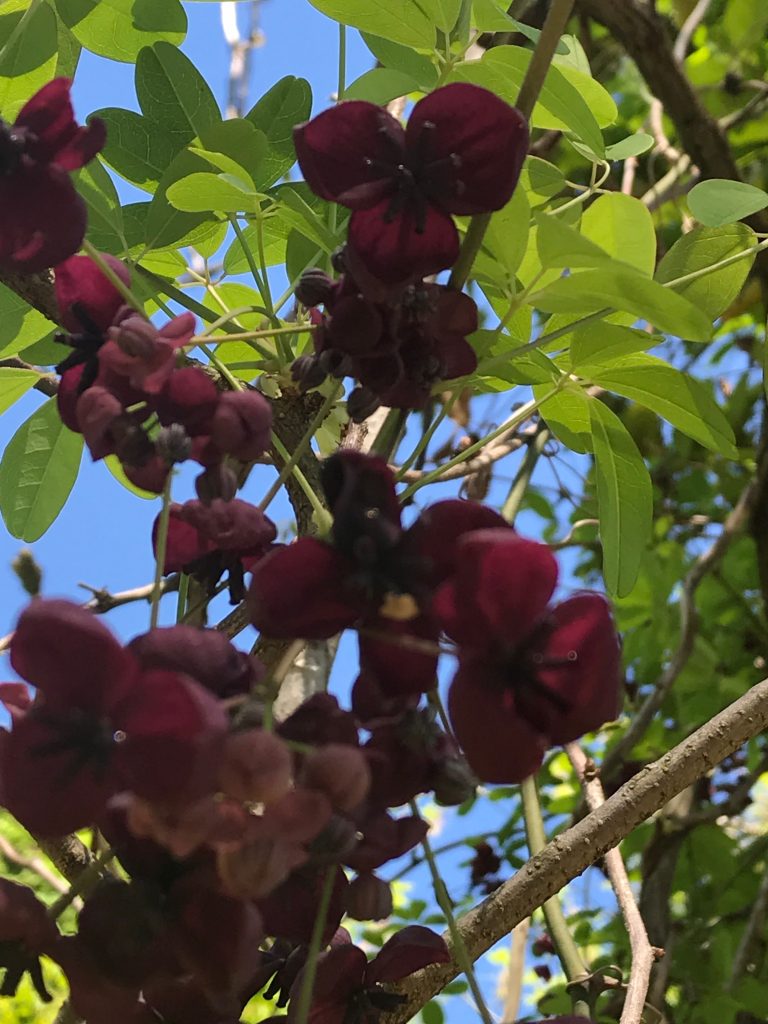One thing I was glad to have been encouraged to pursue and learn about in the American Nature Writing Class I am writing this blog for is plant identification. Previously, I believed it was a pointless endeavor to try to classify every little organism and sprout because many of them looked so similar, but being able to temporarily become a detective was quite enjoyable, and as I’ve always discovered, whether with those awesome earworms on the radio, or strangely beautiful flowers that naturalists sneer at as invasive species, it is an amazing feeling to be able to name the things you love. So, as the song now goes, these are a few of my fav-o-rite flowers!

The first of these, identifiable not just by sight, but by its heavenly aroma as the breeze blows gustily on an April afternoon, is Wisteria, the genus name for purple flowering plants. One interesting fact is that wisterias are in the legume family (where garbanzo beans and lentils also come from), and another interesting, and protective fact, is that all parts of the Wisteria plant are poisonous, containing an ingredient called saponin that can lead to dizziness, confusion, vomiting, speech problems, and eventually, collapse. In addition, it is fatal to children and pets, so if you have either, let them admire this beauty from afar!

The next plant I saw on my journey was the periwinkle, species name Vinca Minor. It is also known as dwarf periwinkle, or in the United States, myrtle or creeping myrtle. It stays close to the ground, occasionally going up to 40 centimeters, but no higher than that. It is a highly medicinal plant, which contains more than 30 alkaloids.

The flowering dogwood tree is located near the lake, a small deciduous tree that is native to both North America and Northern Mexico, and used in the production of inks, dyes, and quinine (used for medicine). In 1941, it was named the official state flower of North Carolina.

This was by far my favorite flower, even though it took me a while to identify it! The dark, yet tender blush of the petals is such a great contrast to the light green and the blue sky, making it a true spectrum of primary colors. This is not a single species; rather, it is a hybrid magnolia also known as the saucer magnolia, a deciduous tree with flowers that bloom early, centralized primarily in the East and West coast. This variety, Jurmag1, has the darkest and tightest flowers, which are a sight to behold.